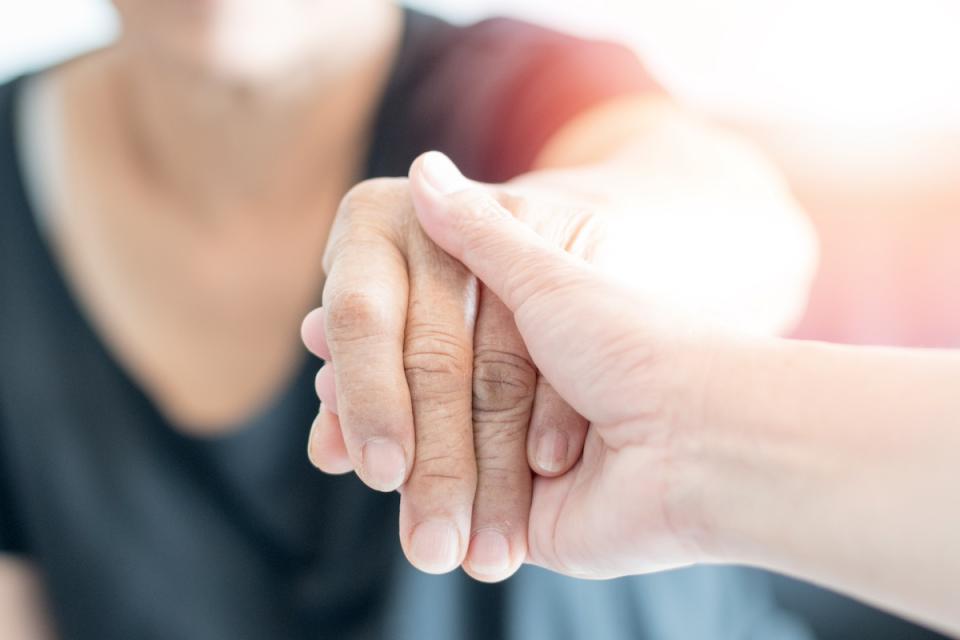How does it work?
The electrodes use electrical currents similar to those generated by a pacemaker to help control abnormal brain impulses. This results in fewer uncontrolled tremors and symptoms for patients with Parkinson’s disease.
"If changes need to be made to the electrodes' output, your doctor can reprogram the electrodes without the need of further surgery," Dr. Savitt says. "Once the leads are properly inserted, the patient could see a reduction in tremors, though it will vary depending on the disease being treated."
It may take between a few months and a year to find the level of medication and electrical stimulation to give the patient the greatest relief from symptoms with the lowest level of side effects.
Doctors will perform a full workup and neurological testing before suggesting the procedure.
What diseases respond well to DBS?
Common neurological conditions that respond well to DBS include:
Does DBS replace the need for medications?
"DBS is considered an additional treatment for certain people with involuntary movement disorders," Dr. Savitt says.
DBS is typically considered for essential tremor when medications fail to sufficiently improve symptoms. It may not replace the need for medication for Parkinson’s disease, but when used in conjunction with other therapies, it may reduce medication dosage.
Early diagnosis of movement disorders is key
While DBS is not a cure for essential tremor or Parkinson’s disease, it can be an extremely effective form of therapy. A proper and timely diagnosis is key to ensuring patients have access to the latest therapies and medications.
